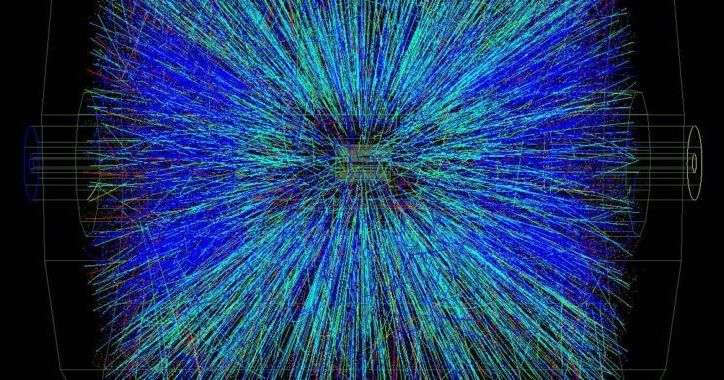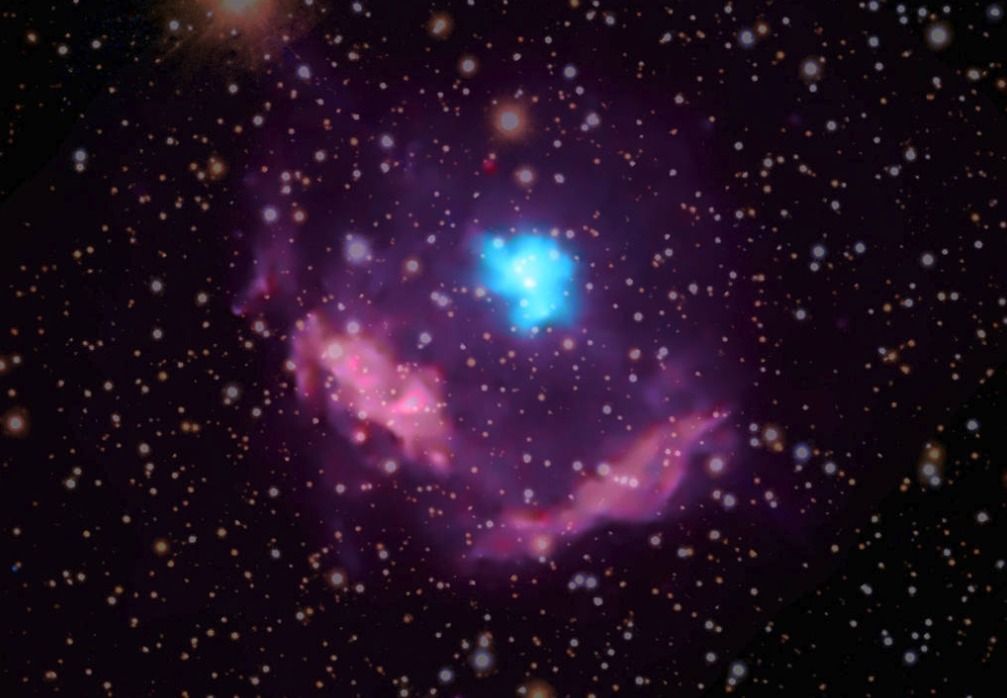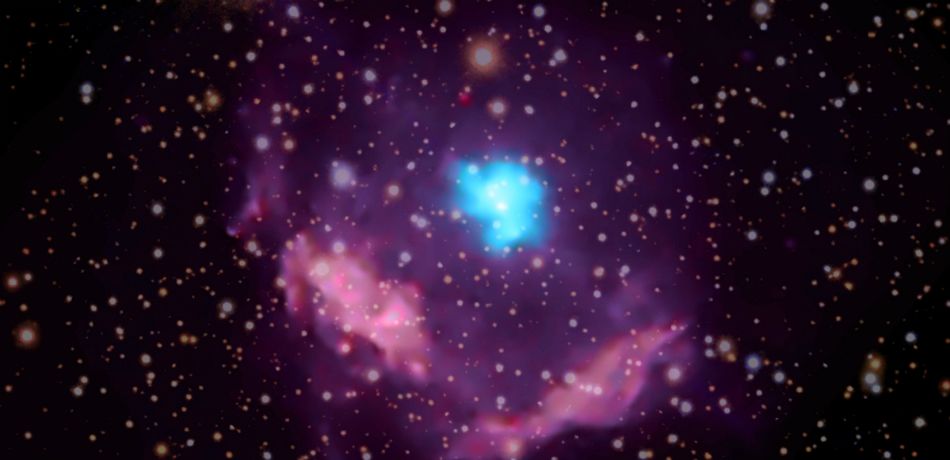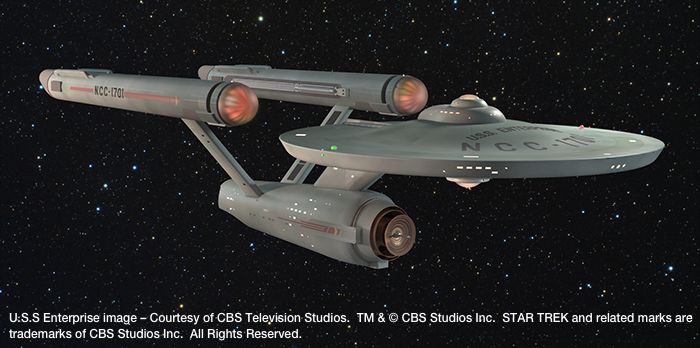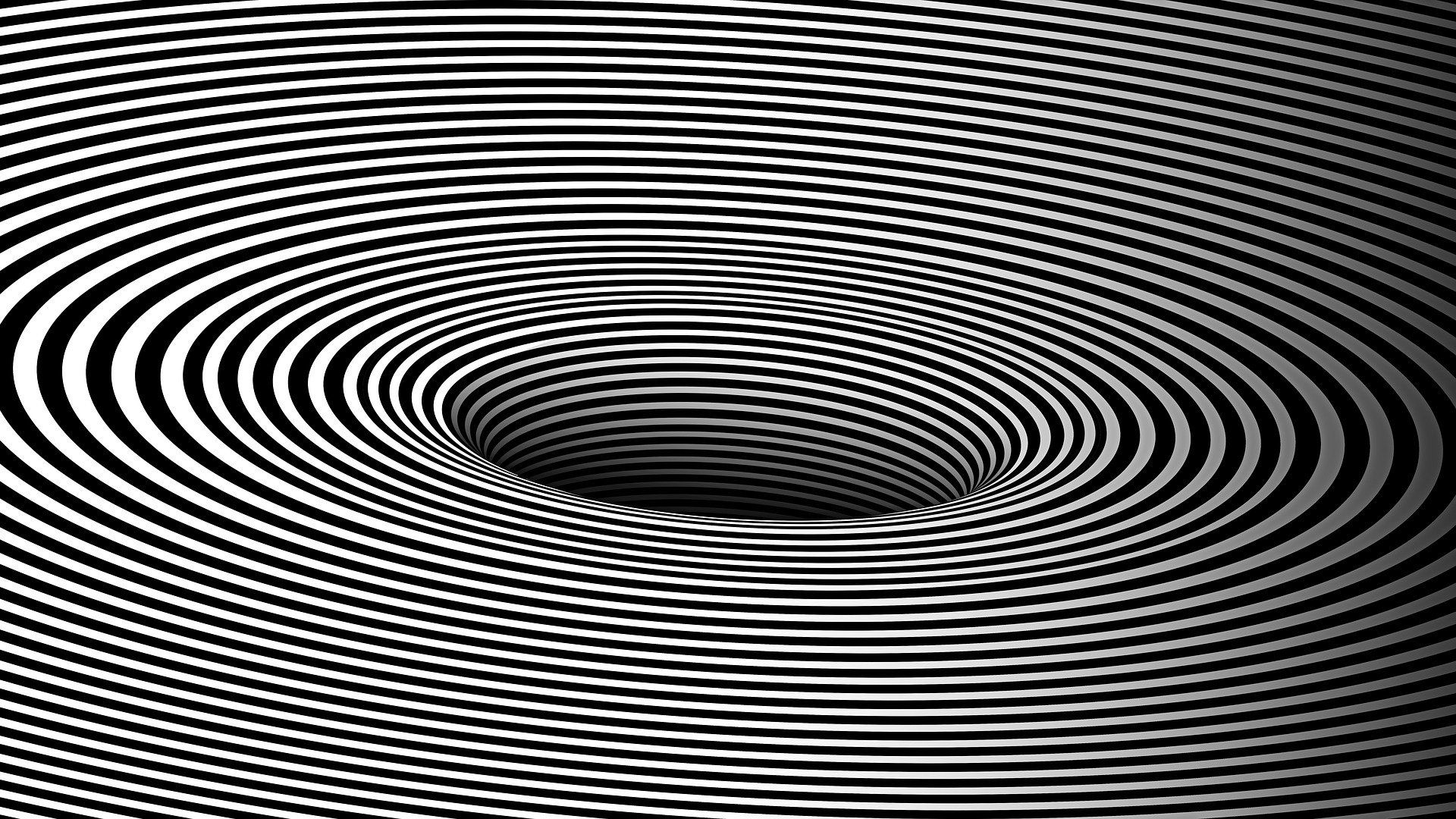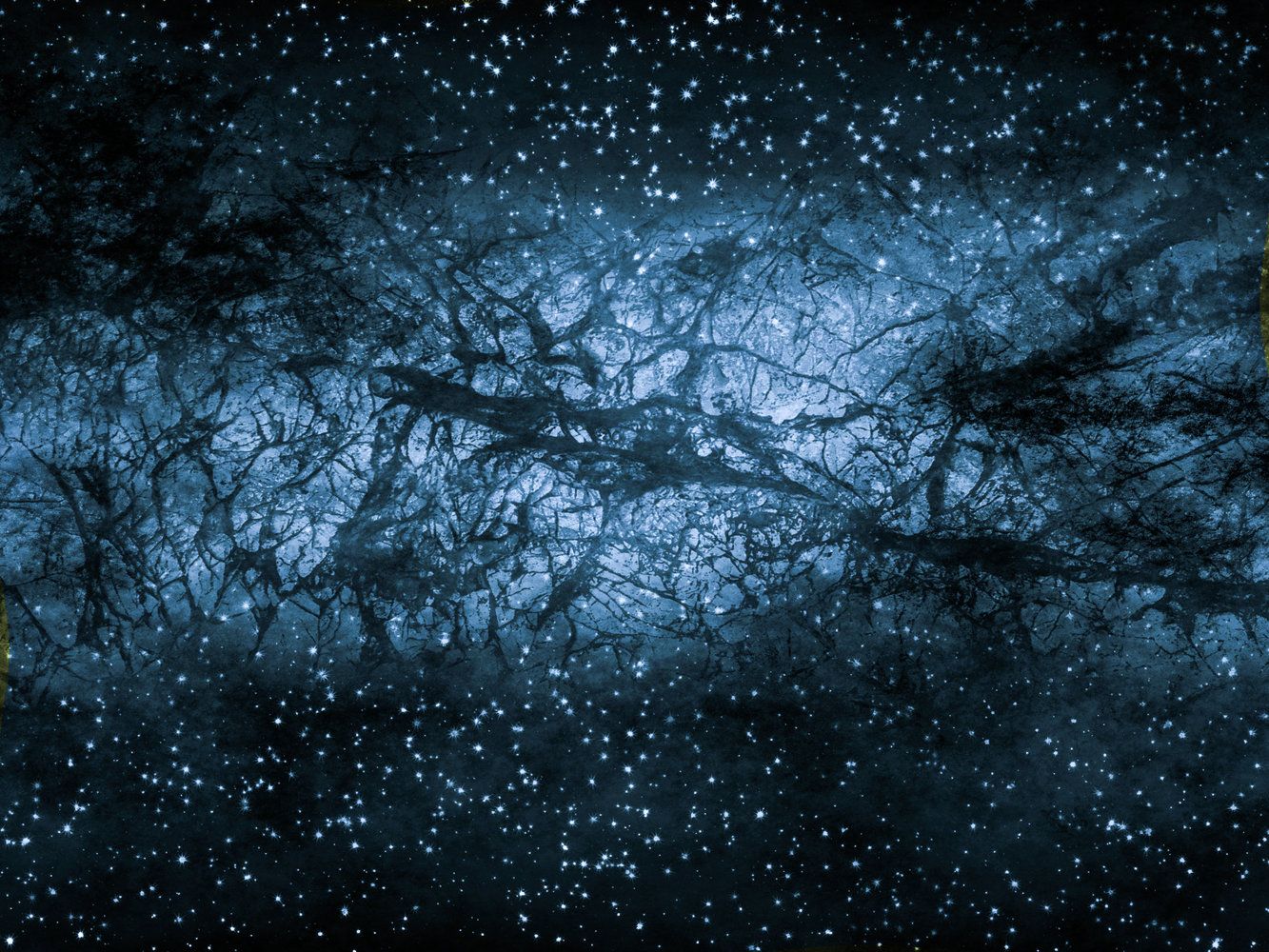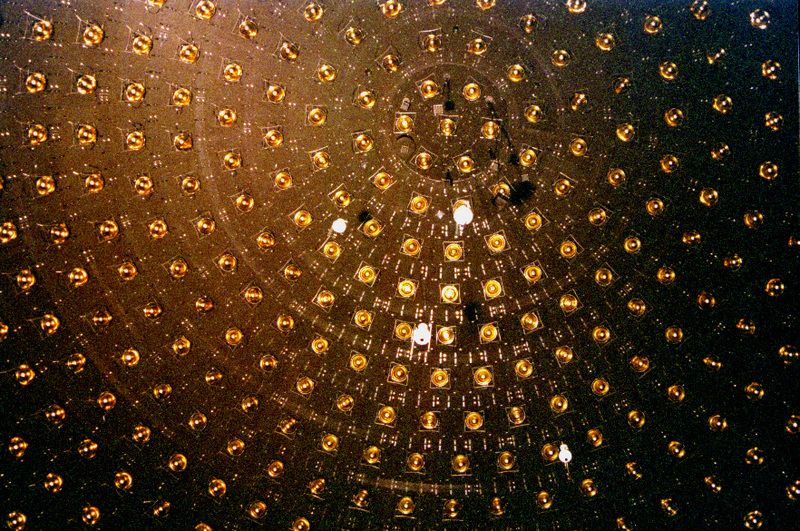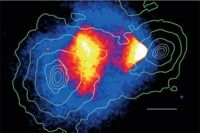Archive for the ‘cosmology’ category: Page 336
Oct 23, 2018
Fishing and emergency kit apps developed by Filipino innovators during the NASA Space Apps Challenge in the Philippines
Posted by Michael Lance in categories: astronomy, computing, cosmology, environmental
MANILA, Philippines — A mobile and SMS application developed by IT professionals Revbrain G. Martin, Marie Jeddah Legaspi, and Julius Czar Torreda to help fishermen receive real-time weather, sunrise and sunset, wind speed, and cloud coverage to plan their fishing activity, and an emergency checklist kit app was developed by students Jeorge Loui P. Delfin, Bluen Ginez, Samuel Jose, Rainier Garcia Narboneta, and Eugenio Emmanuel A. Araullo for disaster preparedness won the NASA Space Apps Challenge on October 19–21 at De La Salle University in Manila, Philippines, in partnership with the Embassy of the United States of America and PLDT.
Other projects and solutions developed are games using images from the Hubble Space Telescope, augmented reality mobile app to tell a story of the changes in the Arctic and Antarctic ice, artificial intelligence app helping scientists confirm the habitability of exoplanets, and story-based game using NASA Earth imagery.
They joined together with teams of coders, scientists, designers, storytellers, makers, builders, technologists, thinkers, designers, entrepreneurs, and everyone around the globe working together in a 48-hour sprint to develop solutions to some of the most pressing challenges on Earth and in space, using NASA resources and data.
Tags: NASA, space, Space Apps
Oct 21, 2018
Astronomers spot the youngest known pulsar ever, and boy is it pretty
Posted by Genevieve Klien in category: cosmology
Many of the objects NASA and other scientific bodies choose to study in space are incredibly old, but that’s not the case with Kes 75. Located a mere 19,000 light years from Earth, Kes 75 is a ultra-dense chunk of a star that went supernova, and now scientists are calling it the youngest known pulsar in the Milky Way galaxy.
In a new post on its website, NASA explains how the pulsar was detected and shows off a pretty stunning image of what it looks like from our vantage point.
Oct 20, 2018
Milky Way’s Youngest Pulsar Found 19,000 Light-Years From Earth
Posted by Genevieve Klien in category: cosmology
The pulsar is roughly 500-years-old and was spotted with the help of NASA’s Chandra X-Ray Observatory.
Astronomers have managed to locate the youngest pulsar in the Milky Way, NASA announced yesterday. Dubbed PSR J1846-0258, the pulsar was spotted inside one of our galaxy’s supernova remnants — found 19,000 light-years away from our planet, in the Aquila constellation (The Eagle).
This exciting discovery — first detailed in a study published earlier this year in The Astrophysical Journal — could shed more light into supernova explosions and the new beginnings that arise from the death of a stellar giant.
Continue reading “Milky Way’s Youngest Pulsar Found 19,000 Light-Years From Earth” »
The engines of the most famous vessel in the “Star Trek” universe, the USS Enterprise, are powered by the annihilation of matter and antimatter, a process that produces energy in the form of gamma rays. More than half the gamma-ray sources cataloged by the Fermi mission come from a different type of engine — supermassive black holes in the cores of distant galaxies.
Most large galaxies harbor monster black holes millions to billions of times more massive than the Sun. When matter falls toward a supermassive black hole, the center of the host galaxy emits far more light than normal and may flare up unpredictably. Astronomers say such galaxies possess active galactic nuclei, or AGN for short.
Fermi sees the universe in gamma rays, the most energetic form of light. In its first four years, Fermi found more than 1,500 gamma-ray AGN, and it continues to find more.
Oct 17, 2018
Physicist describes the shape of a wormhole
Posted by Genevieve Klien in categories: cosmology, quantum physics
A RUDN physicist demonstrated how to describe the shape of any symmetrical wormhole—a black hole that theoretically can be a kind of a portal between any two points in space and time—based on its wave spectrum. The research would help understand the physics of wormholes and better identify their physical characteristics. The article was published in the Physics Letters B journal.
Modern concepts of the universe provide for the existence of wormholes—unusual curvatures in space and time. Physicists imagine a wormhole as a black hole through which one can see a distant point of the universe in four dimensions. Astrophysicists are still unable to determine the shape and sizes of black holes precisely, let alone theoretical wormholes. A RUDN physicist has now demonstrated that the shape of a wormhole can be calculated based on observable physical characteristics.
In practice, physicists can observe only indirect properties of wormholes, such as red shift—a downward shift in the frequency of gravitational waves in the course of moving away from an object. Roman Konoplya, a research assistant from the RUDN Institute of Gravitation and Cosmology, the author of the work, used quantum mechanical and geometrical assumptions and showed that the shape and mass of a wormhole can be calculated based on the red shift value and the range of gravitational waves in high frequencies.
Oct 16, 2018
The Higgs Boson May Have Saved Our Universe from Cosmic Collapse. For Now
Posted by Genevieve Klien in categories: cosmology, particle physics
Our universe is permeated with a vast, unseen force that seems to oppose gravity. Physicists call this force dark energy, and it is thought to be constantly pushing our universe outward.
But in June, a group of physicists published a paper in the preprint journal arXiv implying that dark energy changes over time. This means that the universe will not expand forever but might eventually collapse into the size it was before the Big Bang.
Almost immediately, however, physicists found problems with the theory: Several independent groups subsequently published papers that suggested revisions to the conjecture. Now, a paper published on Oct. 2 in the journal Physical Review D suggests that, as it stands, the original conjecture can’t be true because it can’t explain the existence of the Higgs boson — which we know exists, thanks to the Large Hadron Collider, the massive particle collider on the border between France and Switzerland. [Beyond Higgs: 5 Elusive Particles That May Lurk in the Universe].
Oct 16, 2018
Twenty-five years of using microlensing to study dark matter
Posted by Genevieve Klien in category: cosmology
Oct 15, 2018
Have We Already Detected a Dark Matter Particle?
Posted by Genevieve Klien in categories: cosmology, particle physics
Dark matter supposedly makes up 85% of the matter in the universe, but so far, efforts to catch hypothesized dark matter particles have all ended in failure. Weakly interacting massive particles (WIMPs) are no-shows at grand experiments housed in Italy, Canada, and the United States. Even tinier axions have not been detected either. Neutralinos, born out of supersymmetry, may look nice on paper but so far have no bearing on reality.
Oct 15, 2018
History of dark matter
Posted by Genevieve Klien in categories: cosmology, particle physics
The standard model of modern cosmology is unthinkable without dark matter, although direct detections are still missing. A broad perspective of how dark matter was postulated and became accepted is presented, from prehistory, over observations of galaxy clusters, galaxy rotation curves, the search for baryonic dark matter, possible alternative explanations via modified gravity, up to the hunt for dark matter particles. The interplay is described between observational discoveries and theoretical arguments which led finally to the adoption of this paradigm.
